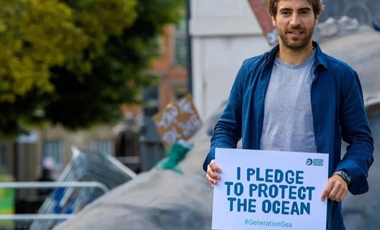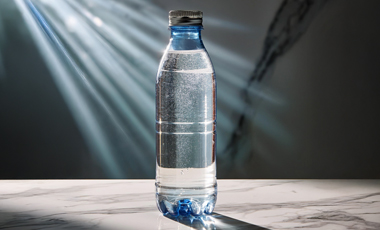

We are helping to build more than just the alternative plastics industry.
Biomass. Logistics. Industry. Narrative. Everything is to be built.
One of the first strategic decisions we made when starting Landopp was choosing the raw material to use for developing our biopolymer.
We chose industrial hemp. Not because it was fashionable. It wasn't out of rebellion, either. It was a real opportunity.
The reasons were clear:
It's a waste product with very little commercial value.
Projections of sustained global growth
And technical properties that fit what we were looking for: rigidity, resistance, mixing capacity
It wouldn't be easy. However, if we wanted to offer a sustainable and scalable solution, we knew we couldn't use the same old raw materials.
What we perhaps underestimated was the real complexity of that choice.
Industrial hemp, at least in our region, is not a well-established industry.
It is a network of diverse actors—producers, processors, laboratories, and companies—who are still looking for ways to integrate.
There are no standardized genetics.
There are no common post-harvest processes.
There are no developed logistics chains.
There is, however, enthusiasm. There is conviction. And there is much to learn.
We experienced this from the first kilo we bought when the material arrived wet and mixed with plant debris. We didn't know if it was suitable for technical use.
We continue to experience this every time we conduct a test and observe how the yield varies depending on the batch of origin, the treatment it received, or the storage time.
However, we don't see these changes as mistakes.
We see it as part of what it means to truly innovate.
Selecting an emerging raw material also entails building its value chain.
This involves collaborating with producers, establishing standards, exploring partnerships, and suggesting new applications.
In short, it means working with a vision of the entire system, not just the product.
If we had wanted certainty, we would have chosen a different path.
But then Landopp would not exist.
That is precisely why we are here.
Other related news
-
Innovation

Innovation in plasticizable materials
We believe that the future doesn't need more fossil plastics, but alternatives that respect the natural cycle of life.
-
Innovation

The different bioplastics and their applications: a sustainable solution for every need
The bioplastics market is booming, but not all bioplastics are created equal, nor do they all serve the same purpose.
-
Innovation

From soccer to sustainability: The ex-footballer who turned his career into a multi-million dollar green business
In an unexpected twist, the former Premier League player found his purpose off the pitch, running a sustainability business that is now worth millions.
-
Microplastics

Did you know that one liter of bottled water can contain 250,000 nanoparticles?
Reducing the use of plastics is key to protecting our health and our planet.
